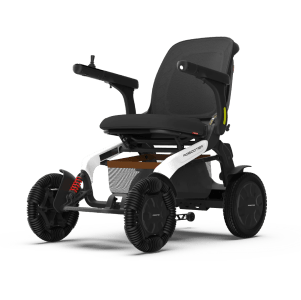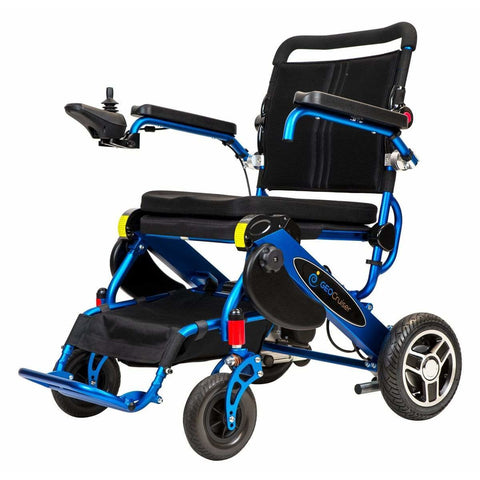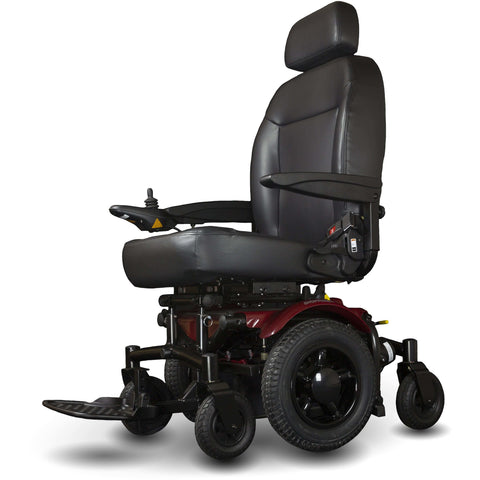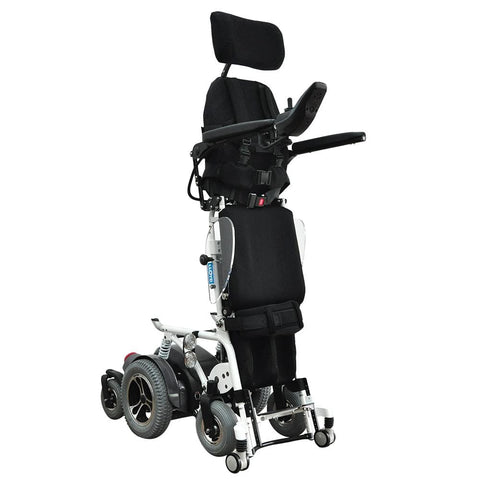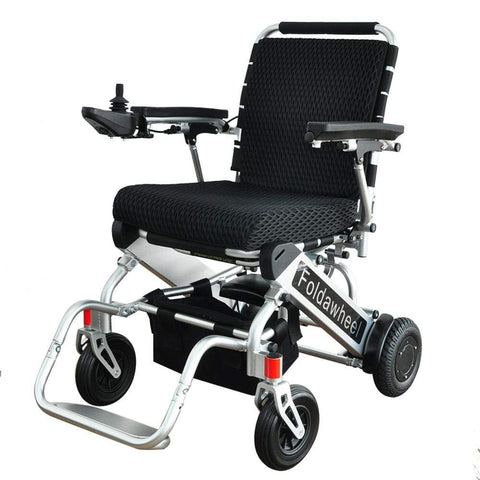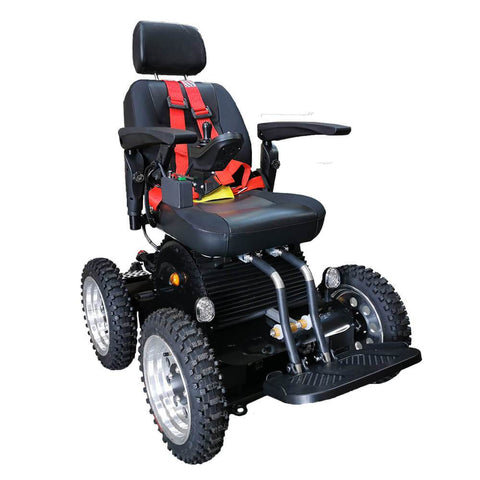Power wheelchairs provide a vital lifeline for mobility and independence. One of the most important components of any power wheelchair is its battery. Proper care and maintenance of your wheelchair’s battery can extend its lifespan, keep it performing optimally, and save you money in the long run. This guide will walk you through best practices for preserving your wheelchair battery’s longevity, ensuring reliable performance whenever you need it.

1. Establish a Consistent Charging Routine
One of the most critical factors in prolonging the life of your wheelchair’s battery is maintaining a regular charging routine. Here’s what you need to know:
- Charge Daily: Even if you only use your wheelchair sparingly, it’s a good idea to charge the battery every day. This prevents deep discharge cycles, which can negatively impact battery health. Think of it like your smartphone—regular charging helps keep the battery in good condition.
- Avoid Deep Discharges: Draining the battery down to 0% can severely reduce its lifespan. Try to recharge the battery when it reaches 20-30% capacity. Batteries that are discharged too frequently or for too long tend to degrade faster.
- Watch for Overcharging: Most modern power wheelchair batteries and chargers come with mechanisms to prevent overcharging, but it’s still important to unplug the battery once it’s fully charged. Prolonged charging can generate heat, which may reduce battery performance over time.
2. Use the Right Charger
Using the correct charger for your power wheelchair is essential. Every battery is designed to work with a specific type of charger, and using an incompatible one can lead to damage. Always use the charger that comes with your wheelchair, or one recommended by the manufacturer. Not only does this ensure safe and efficient charging, but it also avoids potential issues that could arise from using the wrong voltage or amperage.
3. Store the Battery Properly During Downtime
If you don’t use your power wheelchair regularly or plan to store it for an extended period, take steps to store the battery properly:
- Fully Charge Before Storage: Ensure that the battery is fully charged before storing it for an extended period. Batteries left in a discharged state for too long can lose their ability to hold a charge.
- Charge Regularly While in Storage: If you store the wheelchair for longer than a few weeks, make sure to recharge the battery at least once a month. This prevents the battery from losing its capacity due to prolonged inactivity.
- Avoid Complete Drainage: Never leave the battery in a fully discharged state for extended periods. Deep discharges can cause irreversible damage to the battery cells, limiting their overall lifespan.
4. Control the Temperature
Temperature extremes are among the most damaging factors for power wheelchair batteries. Both heat and cold can have negative effects, so aim to store and charge your wheelchair in moderate conditions whenever possible.
- Avoid Excessive Heat: Prolonged exposure to high temperatures can accelerate the aging of your battery, causing it to lose capacity faster. Avoid storing or charging the battery in areas where temperatures exceed 85°F (30°C).
- Avoid Extreme Cold: Cold temperatures, particularly below 32°F (0°C), can reduce the battery’s ability to hold a charge and impair performance. If you must use your wheelchair in cold environments, be aware that you may experience shorter runtimes.
5. Regular Battery Maintenance
Keeping the battery and its connections in good shape can help preserve its lifespan:
- Clean Battery Terminals: Regularly inspect and clean the battery terminals to ensure a good connection. Corrosion or dirt buildup can lead to inefficient charging and drain the battery faster. You can clean the terminals with a cloth and a solution of water and baking soda if needed.
- Check for Physical Damage: Periodically inspect the battery for any physical damage or signs of leakage. If you notice any bulging, cracks, or leaks, it’s time to replace the battery. Continuing to use a damaged battery can put unnecessary strain on your wheelchair’s electrical system.
6. Practice Efficient Driving Habits
How you operate your wheelchair can also affect the longevity of its battery. By using your wheelchair efficiently, you can reduce the load on the battery and make it last longer between charges.
- Avoid Unnecessary Strain: Try to minimize travel over rough or uneven terrain whenever possible, as it requires more power from the battery. Similarly, going uphill or over soft surfaces like sand or grass can cause the battery to deplete faster.
- Accelerate Smoothly: Sudden starts and stops or rapid acceleration can put extra strain on the motor and battery. Try to operate your wheelchair at a steady pace to conserve energy.
7. Turn Off the Wheelchair When Not in Use
While this may seem obvious, it’s easy to forget. Always remember to turn off your power wheelchair when it’s not in use. Leaving it powered on can slowly drain the battery, reducing its lifespan over time.
8. Replace Old Batteries Promptly
Even with the best care, batteries don’t last forever. If you notice that your wheelchair’s battery isn’t holding a charge as long as it used to, or if it takes much longer to charge, it may be time for a replacement. Continuing to use an old or failing battery can strain your wheelchair’s electrical components, potentially causing more costly issues down the line.
9. Break In New Batteries
For new batteries, it’s a good idea to follow a break-in routine. This typically involves fully charging and discharging the battery a few times after its initial use. This can help condition the battery for optimal performance and ensure you’re getting the most out of it from the start.
Final Thoughts
By following these battery best practices, you can significantly extend the lifespan of your power wheelchair’s battery and ensure it continues to provide reliable mobility for years to come. With regular charging, proper storage, and mindful use, your wheelchair will remain a dependable part of your daily routine without the worry of frequent battery replacements.





